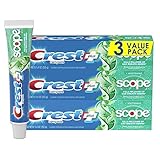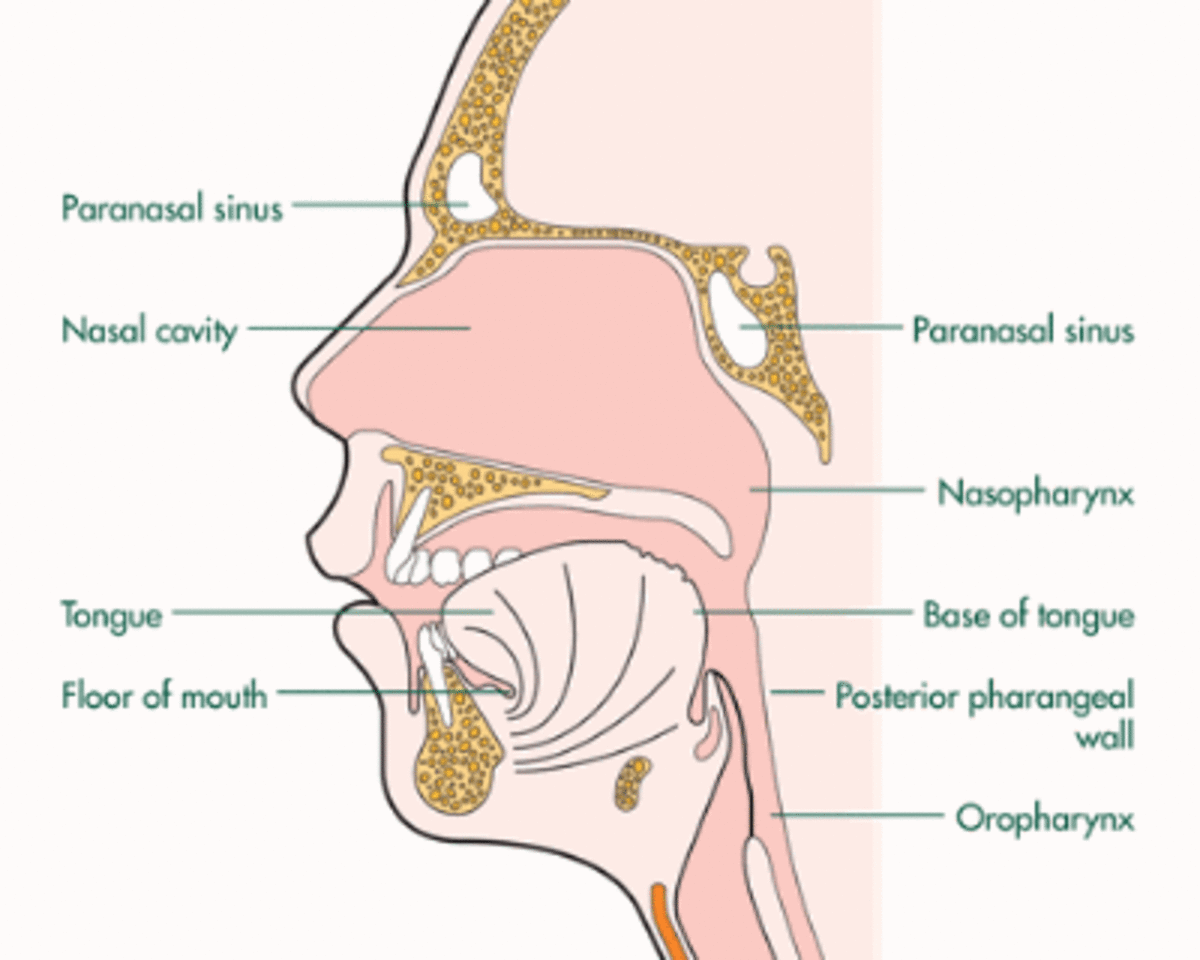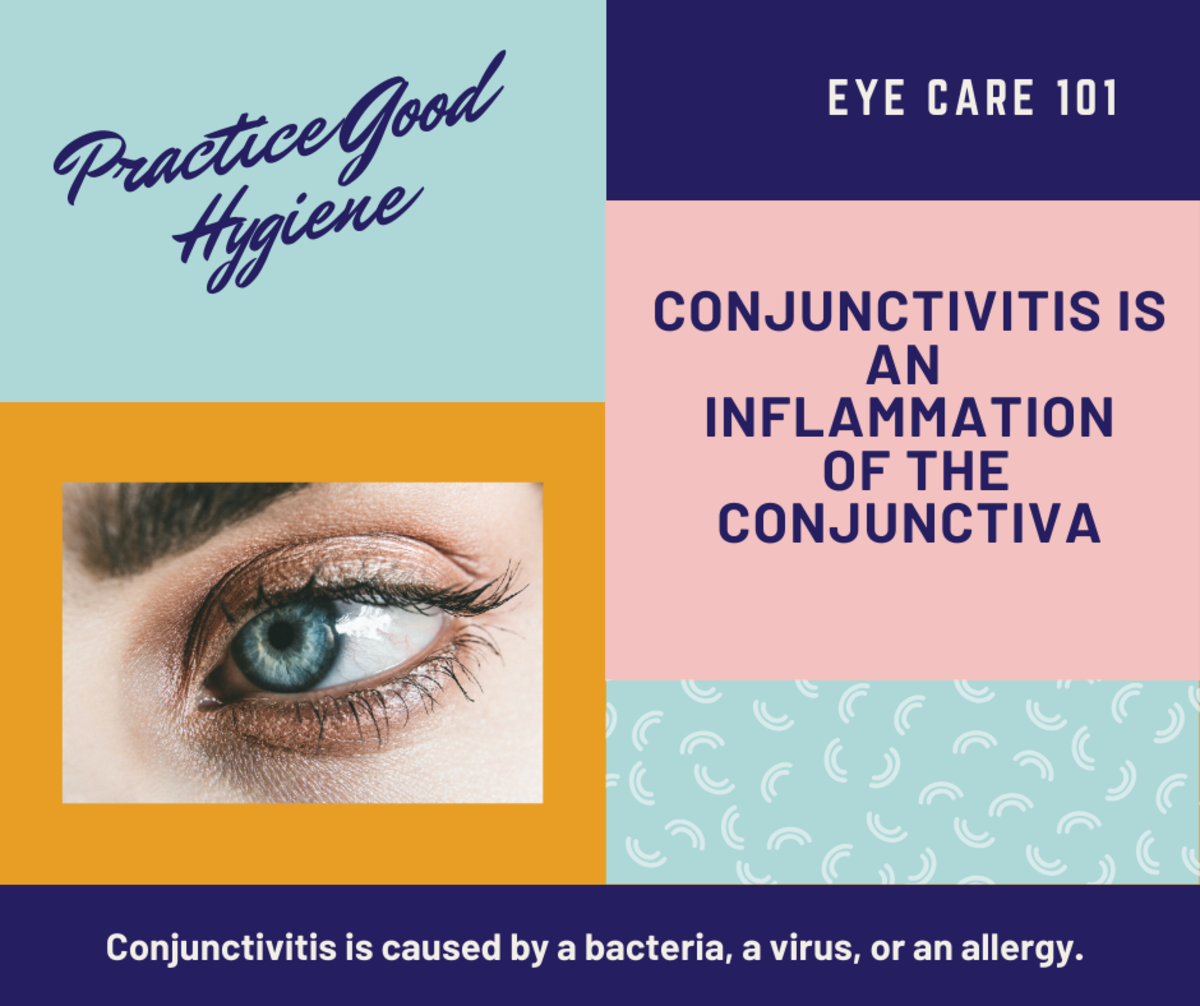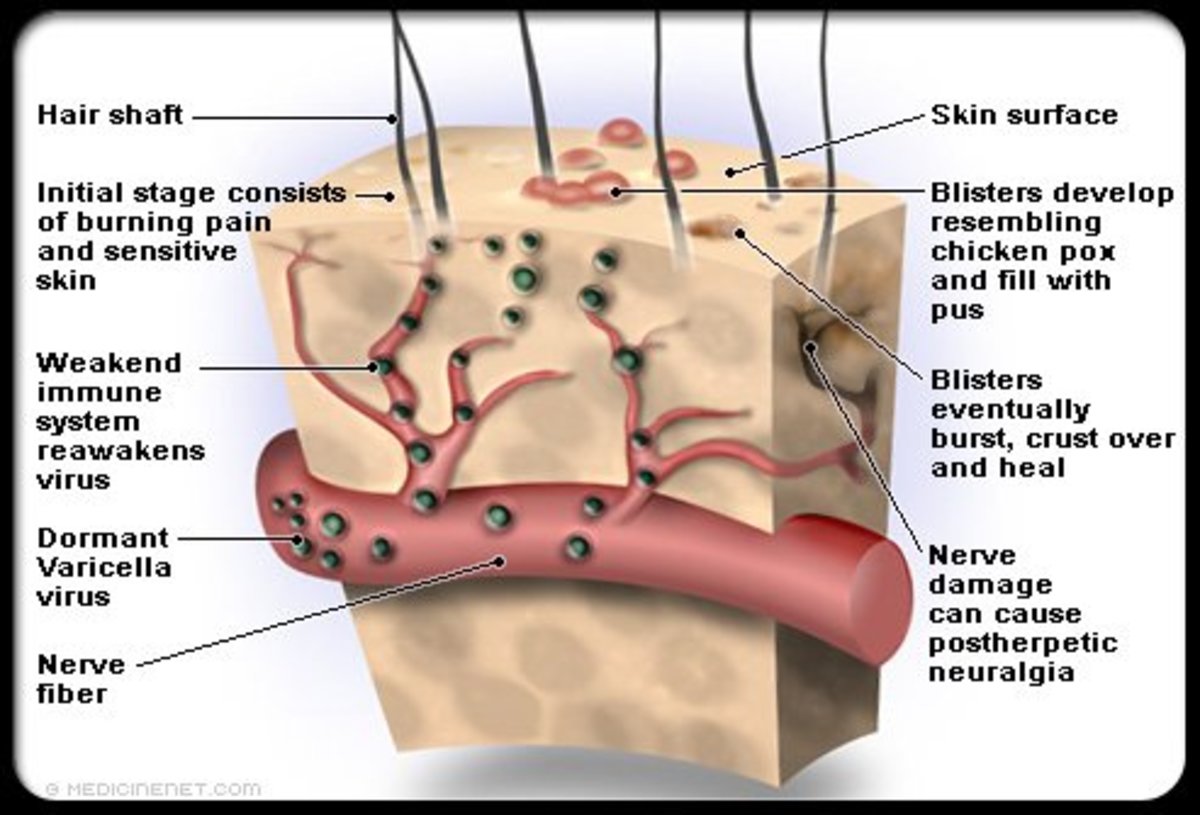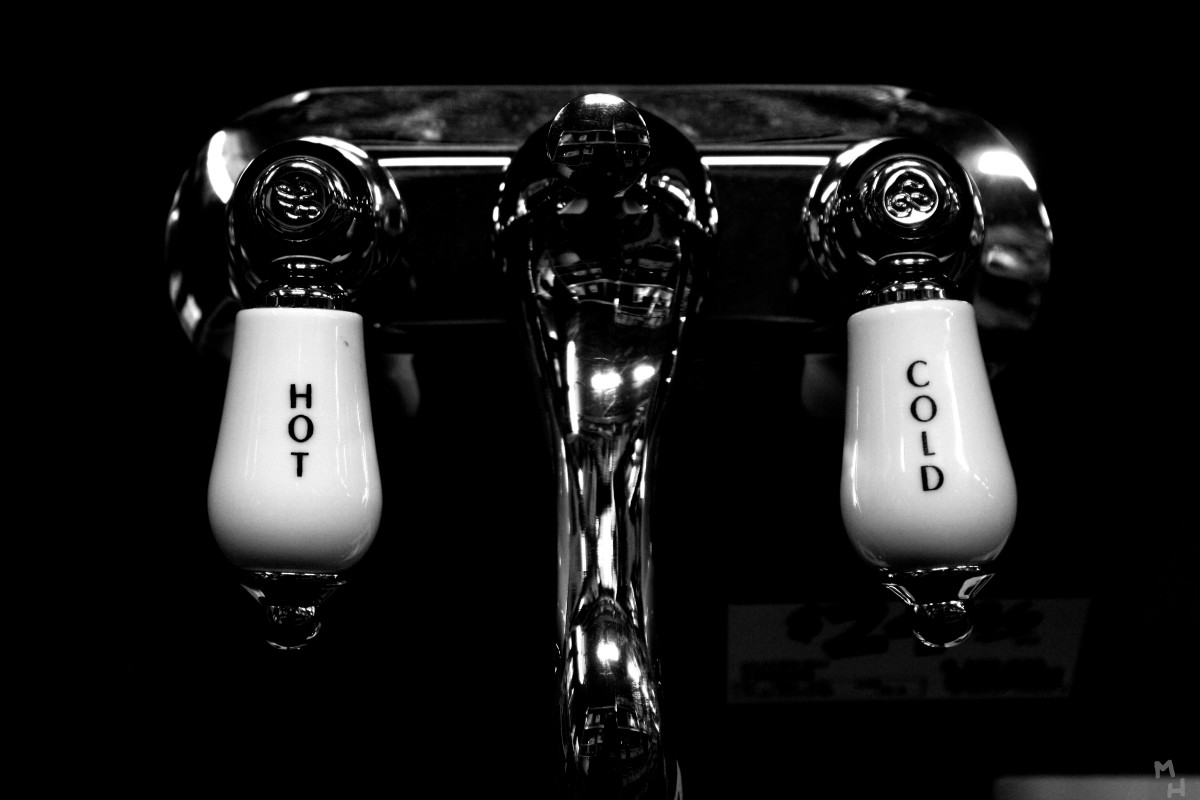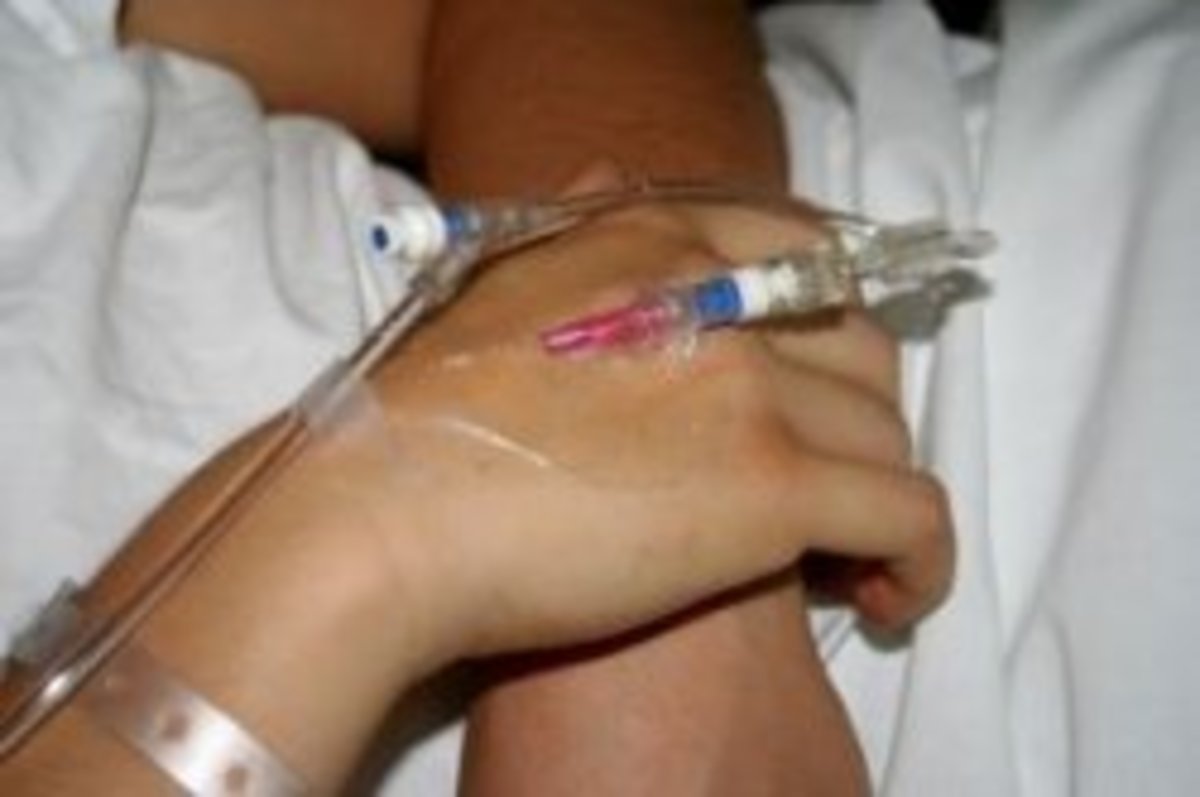Dental Caries Causes Symptoms and Treatment
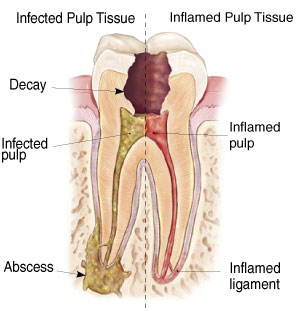
Dental Caries
Dental caries is a microbial disease of the calcified tissues of the teeth, which is characterized by demineralization of the inorganic portion and destruction of the organic substances of the tooth. It causes destruction of the hard portion of the tooth such as the enamel and dentine causing pits and fissures to form on the surface of the tooth that destroys the tooth. This is the most prevalent chronic disease affecting the human race that affects both male and female, every age group, all races and socioeconomic groups. The prevalence of this disease is seen more in the recent years, because of the excessive consumption of carbohydrates and sugars in the diet. It affects both the primary or milk teeth of the young children and also the permanent tooth. The incidence of caries can occur starting from the time when the tooth first erupts into the mouth and all throughout the person's lives. It affects almost all tooth equally but most commonly the posterior tooth or the tooth that is placed in the inner aspect of the mouth.
Causes of Dental Caries
Dental caries is caused by microorganisms and bacteria that is present on the tooth surface inside the mouth. The soft and organic deposits on the tooth is acted upon by bacteria liberating acids and breakdown products, which in turn dissolves the hard inorganic tooth substance. Caries can be caused by the combination of many different factors such as
1. Presence of microorganisms
Bacteria and other microorganisms in the mouth is the main reason behind the incidence of caries. Three basic groups of microorganisms are seen: 1) Streptococci. 2. Actinomyces and 3) Veillonellae. The major strains of streptococci included streptococcus mutans, streptococcus sanguis, streptococcus mitior, and streptococcus milleri, etc. Major actinomyces strains includes Actinomyces Viscosus, Actinomyces naeslundi, Actinomyces israelii, and Rothia dentocariosa. The veilonellae group are the anaerobic gram-negative organisms mainly veilonellae parvula and veilonellae alcalacens. Of these the streptococcus mutans is the chief and more common causative agent.
2. Presence of acids
These bacteria and microbes ingests the food materials causing enzymatic breakdown and leaving behind acid and other disintegrating and corrosive products on the tooth surface. The results of the enzymatic breakdown of the food material produce acids such as butyric acid, lactic acid, etc. These corrosive products will slowly dissolve away the tooth material.
3. Presence of carbohydrates
The acid production by bacteria is more seen when refined food materials such as carbohydrates and sugars are taken as food more than starches or proteins. The incidence of caries is seen more when eating sticky carbohydrates food materials like sweets and pastries because it gets attached to the tooth surface and is less cleared by the action of saliva or swallowing, more than liquid carbohydrates. Refined carbohydrates are more potent in producing caries rather than crude or complex carbohydrate that is mixed with other food materials. Meals high in fiber, protein, or salts reduce the oral retentiveness of carbohydrates.
4. Presence of dental plaque
Dental plaque is a thin film that is composed of food debris, mucin, epithelial cells, microorganisms etc that is deposited on the tooth surface. It forms a substrate for bacterial action and enhances the distruction of tooth material by its released products. The pH of the plaque in an excessive caries person ranges around 5.5, whereas a noncaries person is around 7.1.
Factors that Influence Caries Formation
There are many factors that influence the formation of dental caries. These include
A. Tooth
1. Composition
2. Morphological characteristics
3. Position
B. Saliva
1. Composition
a. Inorganic
b. Organic
2. pH
3. Quantity
4. Viscosity
5. Antibacterial factors
C. Diet
1. Physical factors
a. Quality of diet
2. Local factors
a. Carbohydrate content
b. Vitamin content
c. Fluorine content
Symptoms and Features of Dental Caries
The symptoms of dental caries varies according to the type of caries.
The general symptoms seen in dental caries are:
1. Pain and discomfort when chewing food
2. Sensitivity of tooth
3. Discoloration on the tooth surface
4. Presence of cavities on the tooth
5. Presence of swelling on the gums
6. Sinus draining tract
7. Inflammation on the face
8. Difficultly to chew or open the mouth
9. Mild fever
10. Jaw pain
The different features of dental caries are differentiated
1. According to the location of individual tooth
a. Pit or fissure caries
Pit or fissure develops on the biting surface of the tooth and outer and inner aspect of the tooth. It is brown or black in appearance. There is whitish and bluish discoloration of the enamel.
b. Smooth surface caries
It occurs in the proximal area of the tooth which is in between 2 adjacent tooth. There is faint white opacity of the enamel seen. Otherwise a well demarcated yellowish or brown pigmented area is seen.
2. According to the rapidity of the caries
a. Acute dental caries
It runs a rapid course that causes an early involvement of the pulp of the tooth by the carious process. There is undermining of the dentine and lateral spread of the caries process. There will be little time for repair process of the tooth to happen. The dentin of the tooth is light yellowish in color. There will be sharp pain in case of an acute dental caries. A form of acute caries is the nursing bottle caries which is a form of caries that affects the milk feeding child, that is attributed to the prolonged use of milk formulas, sugar, or honey pacifiers.
b. Chronic dental caries
This is a type of caries which tends to progress very slowly and involves the pulp tissues much later. The entrance of the lesion is wide and therefore less food retention and good salivary cleansing of the affected portion. There is only limited lateral spread of the caries. The caries is shallow and does not involve the pulp and so the pain is not a feature in chronic caries.
Prevention and Treatment of Dental Caries
The methods in prevention of dental caries are classified into 3 types.
1. Chemical measures
A number of chemical substances have been proposed for the prevention of caries. The substances are those which alter the tooth surface or tooth structure, substances which interfere with carbohydrate degradation, and substances which interfere with bacterial growth. Fluorine has been effectively used as an agent of preventing dental caries for many years, there are fluoridated water supplies, fluoridated tooth pastes, and mouth washes etc.
Chlorhexidine and alexidine have been shown to be effective against plaque deposition and growth. Chlorhexidine mouthwashes are used for prevention of dental caries. The other agents used for prevention of caries include silver nitrate, vitamin K, sarcoside, ammonium compounds, chlorophyll, etc.
2. Nutritional measures
The extreme caries attacks of tooth in some people can be prevented by controlling the diet that is taken on a regular basis. The chief nutritional measure advocated for the control of dental caries is the restriction of refined carbohydrate intake. The consumption of sugars containing food also needs to be reduced because these can cause increase in caries activity. Sticky foods such as taffies, cookies, which cling to firmly to the teeth should be avoided.
3. Mechanical measures
The control of dental caries by mechanical means includes procedures that are specifically directed towards removing the plaque and debris on the tooth surfaces. The different mechanical measures utilized to control dental caries are
1. Mechanical measures used by the individual:
a. Tooth brushing
The brushing of the tooth on a regular manner can definitely control the incidence of caries in normal people. Tooth brushing removes dental plaque and retains the tooth surface in a clean condition for most of the time. Tooth brushing twice a day is recommended for maintaining adequate hygiene of the tooth. It also needs to be stressed that proper oral hygiene measures such as washing and swishing of mouth with water after every meal has to be done. The brushing technique must involve all areas of the tooth, including the inner and outer aspect of each tooth, the proximal portion of tooth and also the biting surface of each tooth. The brush must reach all the teeth, on all surfaces of the anterior tooth and posterior tooth for effective cleaning. The adjacent surfaces of the tooth also needs to be cleansed for adequate caries control. A rolling motion in an upward and downward direction of each quadrant of the mouth is needed for proper cleaning. Over brushing or applying excessive pressure while brushing is contraindicated because it might abrade the enamel away from the tooth surface which might lead to tooth destruction.
b. Mouth rinsing
Mouth washes are used for caries control in people with bad oral hygiene. Some mouth washes help to loosen the food debris and plaque deposited on the surface of the tooth, while some others give a coating on the tooth surface to prevent further caries attack, while others are antibacterial mouth rinses which reduces the population of microorganisms in the mouth.
c. Dental flossing
Dental floss is a device which dislodge debris from the proximal areas and inaccessible areas of the tooth. It is a piece of soft thread which is inserted in between the spaces of adjacent tooth and moved in an upward and downward direction to remove the debris. This method is helpful in cleaning the proximal areas of the tooth and also the inaccessible posterior tooth.
d. Taking detergent foods
Detergent foods are fiber containing foods, which cleanses the tooth from the soft debris that is deposited on the tooth surface and also the pits and fissures on the biting surface of the tooth. The detergent foods include fresh fruits and vegetables eaten raw or partly cooked.
2. The mechanical measures used by the dental professional
a. Dental prophylaxis
These are procedures done by a registered dentist, a dental hygienist, or a dental nurse to clean the tooth surface from the soft and hard deposits on the tooth and to maintain the integrity of the tooth. They use tools which mechanically remove the debris and deposits, even those that are not ideally removed by a manual tooth brushing.
b. Fluoride application
This is a technique that is used to coat a layer of fluoride on the surface of the teeth, which makes the enamel very hard that prevent any subsequent carries. The fluoride combines with the enamel forming a hard coating that is resistant to the acid attack of the microorganisms.
c. Pit and fissure sealants
These are substances which are applied on the pits and fissures on the tooth surface and effectively closing it, thus preventing any carries attacking deep into the tooth body or destroying the vital pulp.
d. Dental Treatment
The treatment for caries is done by a registered dentist. This includes debridement of the caries exposed tooth through prophylactic means and filing or restoration of the tooth conservatively by various filling materials such as cements, amalgam, gold etc.

